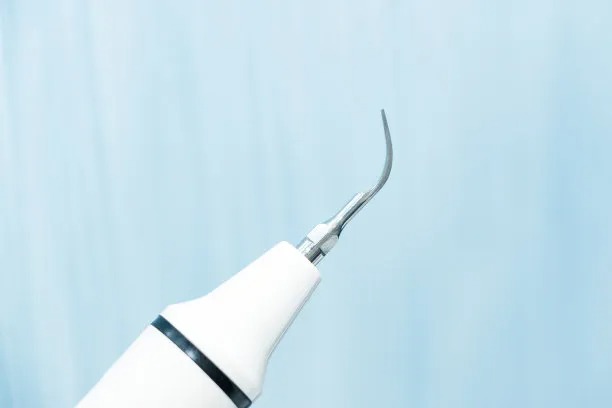Essential Guidelines and Precautions to Consider Before Undergoing Dental Filling Procedures for Optimal Oral Health
Summary: Before undergoing dental filling procedures, it is essential to understand various guidelines and precautions that ensure optimal oral health. This article explores key considerations that patients should be aware of prior to treatment. These include knowing the types of dental fillings available, the importance of selecting a qualified dentist, understanding the procedures potential risks and benefits, and preparing for aftercare. By being well-informed, patients can make educated decisions that positively affect their oral health and overall well-being.
1. Understanding Types of Dental Fillings

Dental fillings come in several types, each with its own set of advantages and disadvantages. The most common options include amalgam, composite resin, porcelain, and gold. Amalgam is durable and cost-effective but may not achieve the aesthetic look desired by some patients. Conversely, composite fillings are tooth-colored and blend seamlessly with natural teeth but may not be as long-lasting as amalgam.
Another option is porcelain fillings, which offer excellent aesthetics and resistance to staining; however, they are generally more expensive. Gold fillings are highly durable and can withstand significant chewing pressure, but they are also the most costly of all the filling materials. Understanding these differences will help patients choose the best option for their needs.
Additionally, consult with your dentist about which filling type aligns with your oral health goals. Based on the cavity size, location, and personal preferences, your dentist can recommend the most suitable choice that offers both functionality and appearance.
2. Choosing a Qualified Dental Professional
Selecting a qualified dentist is a crucial step in ensuring a successful filling procedure. One should research the dentists educational background, years of experience, and patient reviews. Recommendations from friends, family, or health insurance providers can also be invaluable in finding a reputable practitioner.
After identifying potential dentists, it is advisable to schedule consultations with them. This meeting allows you to ask questions about their experience with dental fillings, the techniques they employ, and their approach to patient care. A good dentist should be willing to discuss your options and make you feel comfortable during the process.
Moreover, verify that the dental office adheres to stringent hygiene and safety protocols. A clean and organized environment is indicative of a professional practice, ensuring that proper sterilization methods are employed, which is essential for reducing the risk of infections post-procedure.
3. Weighing Risks and Benefits
Before undergoing dental filling procedures, it is important to weigh the potential risks and benefits. While fillings are generally safe and effective treatments for cavities, there are some risks involved. For instance, some patients may experience sensitivity to hot or cold foods following the procedure. Understanding these possible reactions helps to set realistic expectations.
Additionally, complications can arise if a filling is not placed correctly or if it falls out. This scenario could lead to further decay in the tooth structure, resulting in the need for additional dental treatments. It is crucial to discuss these concerns with your dentist, who can explain how they will minimize such risks through their technique.
On the other hand, the benefits of dental fillings often outweigh possible risks. They prevent cavities from progressing, protect the tooth from further damage, and alleviate toothache if decay is present. Weighing these factors can help patients arrive at a well-informed decision before proceeding with any treatment.
4. Preparing for Aftercare and Healing
Aftercare following dental filling procedures is vital to ensure proper healing and maintain oral health. It is necessary to follow any post-treatment instructions given by your dentist. These instructions may include avoiding certain foods, managing sensitivity, and maintaining good oral hygiene practices.
For the first 24 hours post-procedure, it is advisable to avoid sticky or hard foods that could dislodge the filling or cause discomfort. Patients should also practice gentle brushing and flossing around the treated area to allow the tooth to heal without interference.
Practicing routine dental check-ups will also contribute to the longevity of your fillings and overall oral health. Regular visits allow the dentist to monitor the condition of the filling and surrounding teeth, addressing any concerns quickly before they develop into significant issues.
Summary:
In summary, understanding the types of dental fillings, choosing a qualified dentist, weighing risks and benefits, and preparing for aftercare are critical steps before undergoing dental filling procedures. A well-informed patient will be able to navigate the process with greater confidence, ensuring optimal oral health outcomes.
This article is compiled by Vickong Dental and the content is for reference only.



